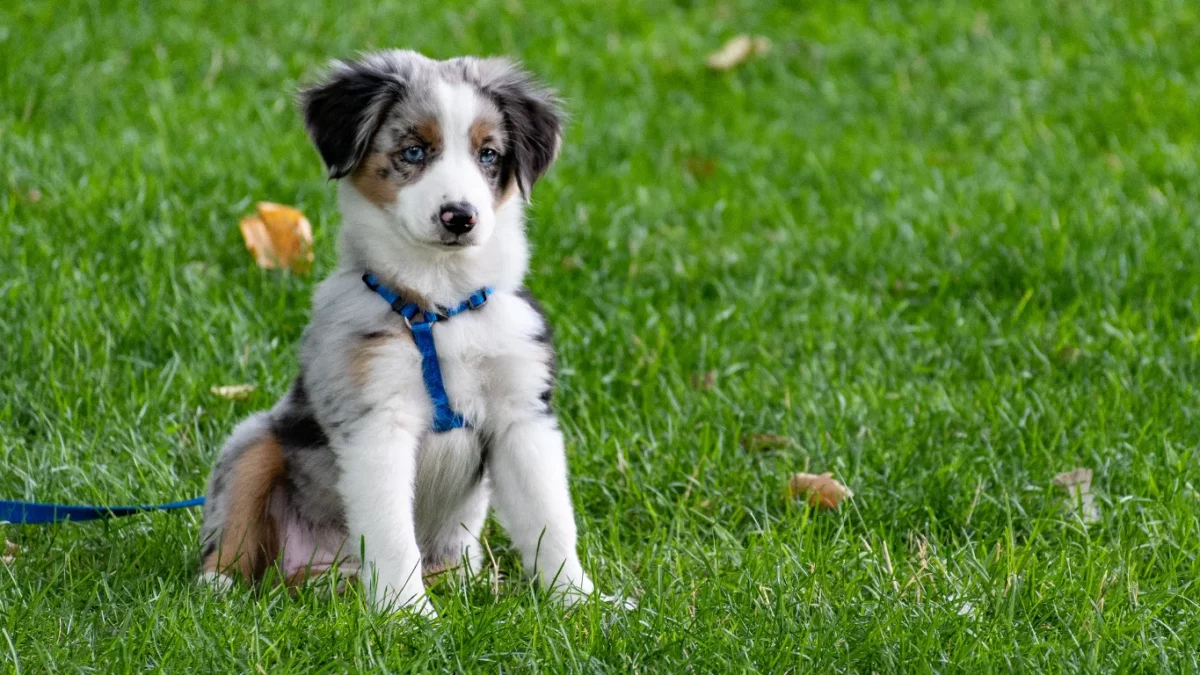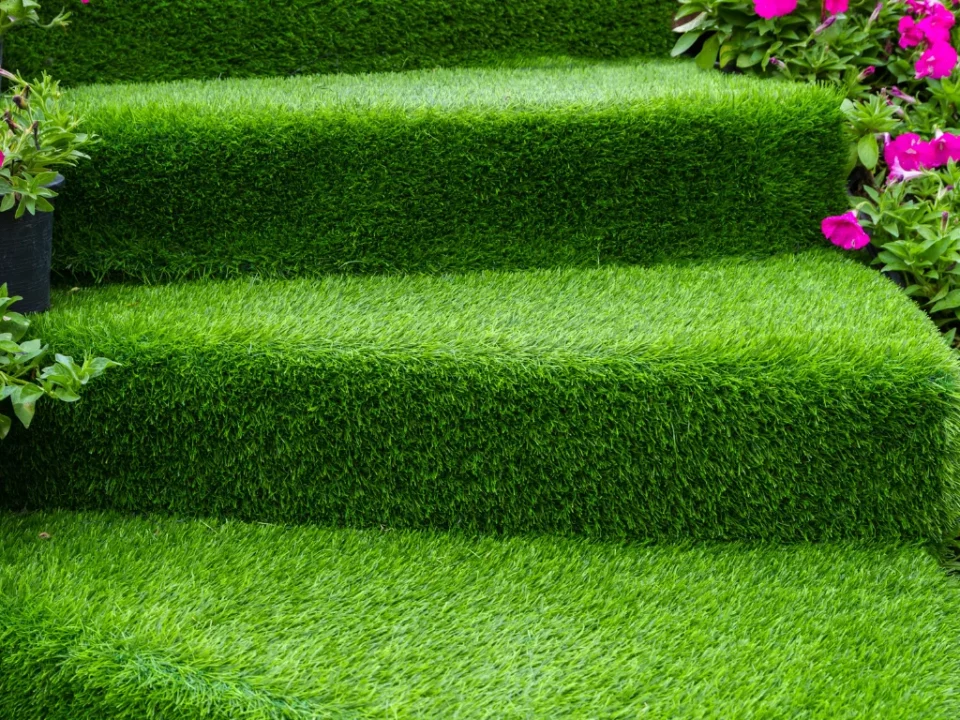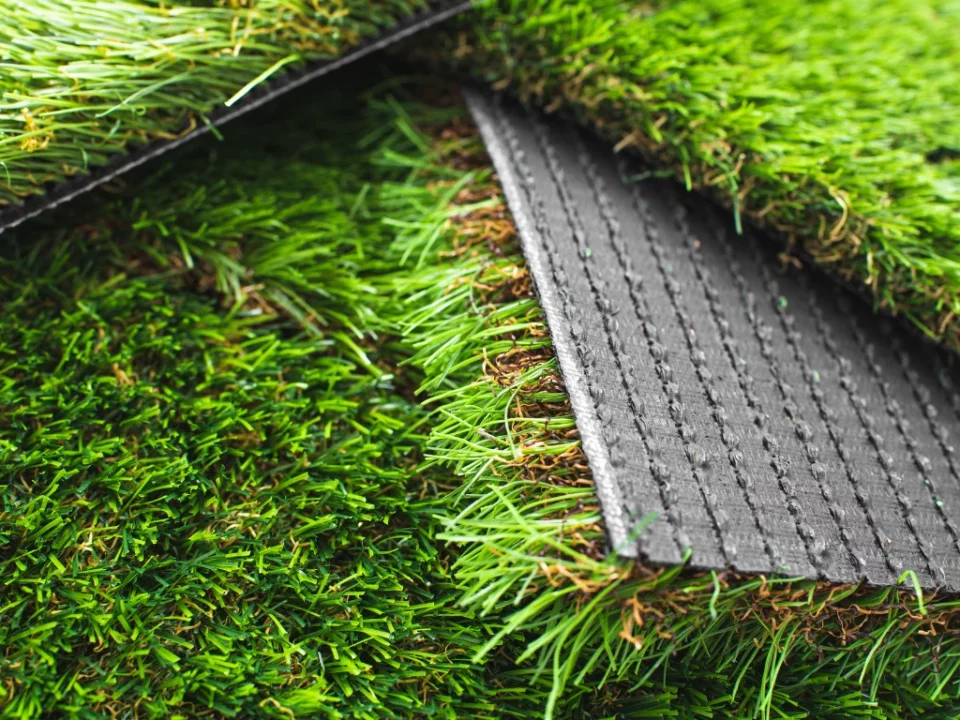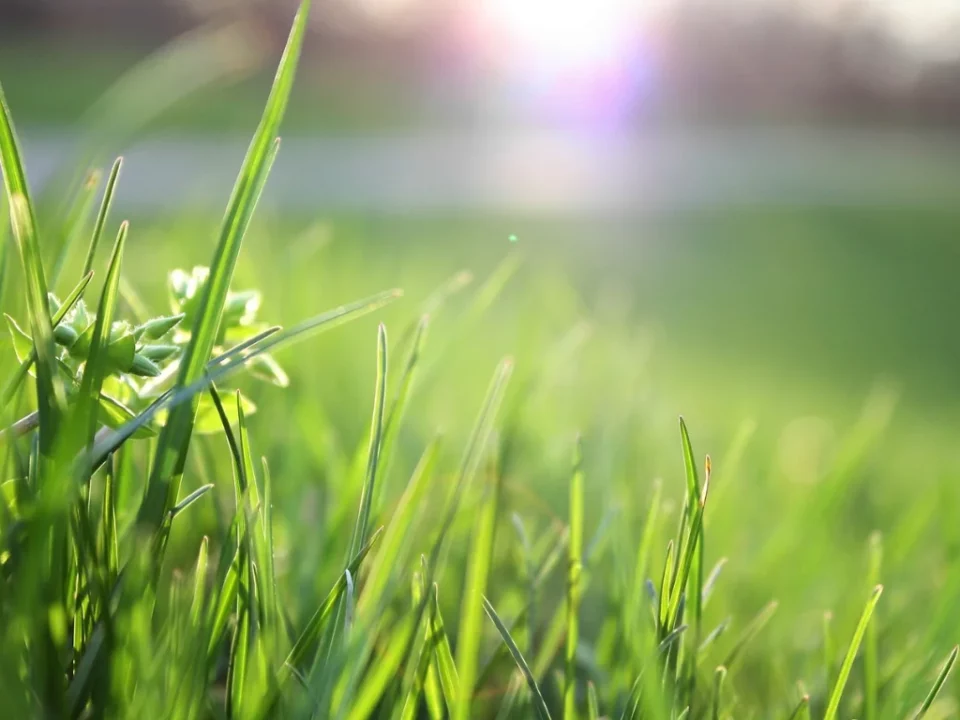Artificial grass installation: what to expect during the process is essential knowledge for homeowners wanting a stress-free experience and flawless lawn results. Understanding each stage helps you prepare your property and align your expectations with professional standards.
Artificial Grass Installation: What to Expect During the Process – Preparation and Groundwork
The first step in artificial grass installation: what to expect during the process involves thorough preparation and groundwork. Professionals begin by assessing the area to measure dimensions accurately and plan material requirements. Next, they remove existing grass, soil, rocks, and debris to create a clean and workable surface. This excavation often goes down to about three to four inches to ensure there is ample space for a stable sub-base.
Installers then lay down a weed barrier fabric across the entire surface to prevent future weed growth from damaging the artificial turf. The next critical stage is adding the sub-base material, typically consisting of crushed stone or decomposed granite. This layer is spread evenly and compacted using heavy machinery to create a firm and level foundation. Proper compaction is crucial to support the turf and avoid future sinking or uneven areas that can disrupt the aesthetic and functionality of your lawn.
Artificial Grass Installation: What to Expect During the Process – Turf Laying and Finishing Touches
The next stage in artificial grass installation: what to expect during the process involves laying the turf itself. Professionals roll out the artificial grass carefully over the prepared sub-base, ensuring the blades all face the same direction for a natural and uniform look. They then trim the turf edges with precision tools to fit perfectly around borders, flower beds, pathways, and other landscape features.
Joining separate pieces of turf is another meticulous part of the process. Installers use durable joining tape and adhesives to create strong, invisible seams that blend seamlessly, preventing them from pulling apart under foot traffic or weather changes. Once the turf is securely in place, installers pin it down using turf nails or landscape staples to keep the grass from shifting over time.
Finally, the process ends with adding infill material such as silica sand or rubber granules. This infill is spread evenly across the turf and brushed in using specialized power brooms. The infill keeps the grass blades upright, provides cushioning, and aids in drainage. Professionals will also test the drainage by watering the turf to ensure there are no pooling areas or issues with water flow.
Throughout artificial grass installation: what to expect during the process includes clear communication from your installation team. They will guide you through preparation instructions, such as clearing personal items from the area, and will provide maintenance tips after the installation is complete. Overall, understanding the full installation process ensures you can confidently plan for your project timeline and enjoy a beautiful, long-lasting synthetic lawn that enhances your outdoor space.
Read More:
Artificial Grass Installation Benefits: Transforming Your Outdoor Space
How Professional Artificial Grass Installation Enhances Your Lawn






